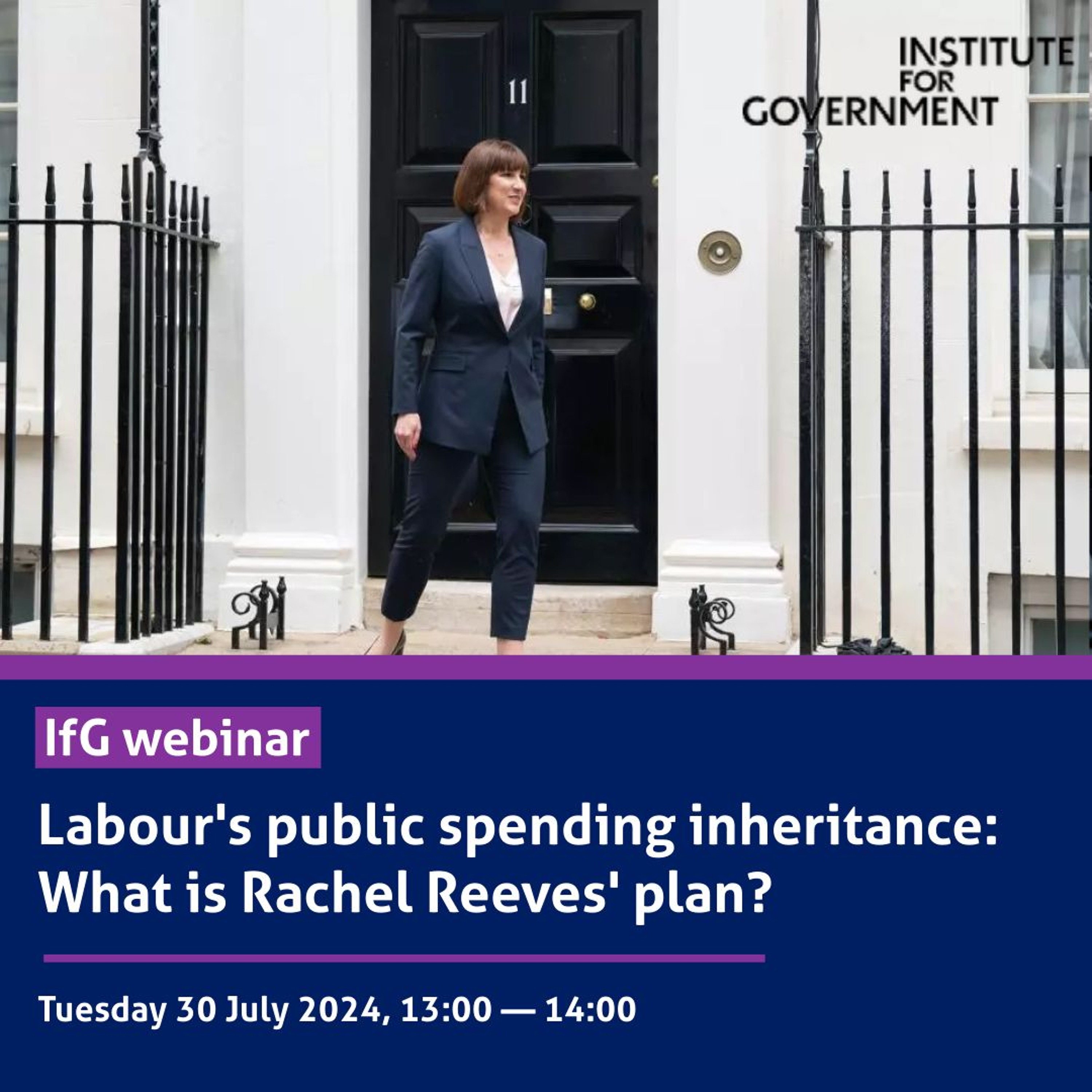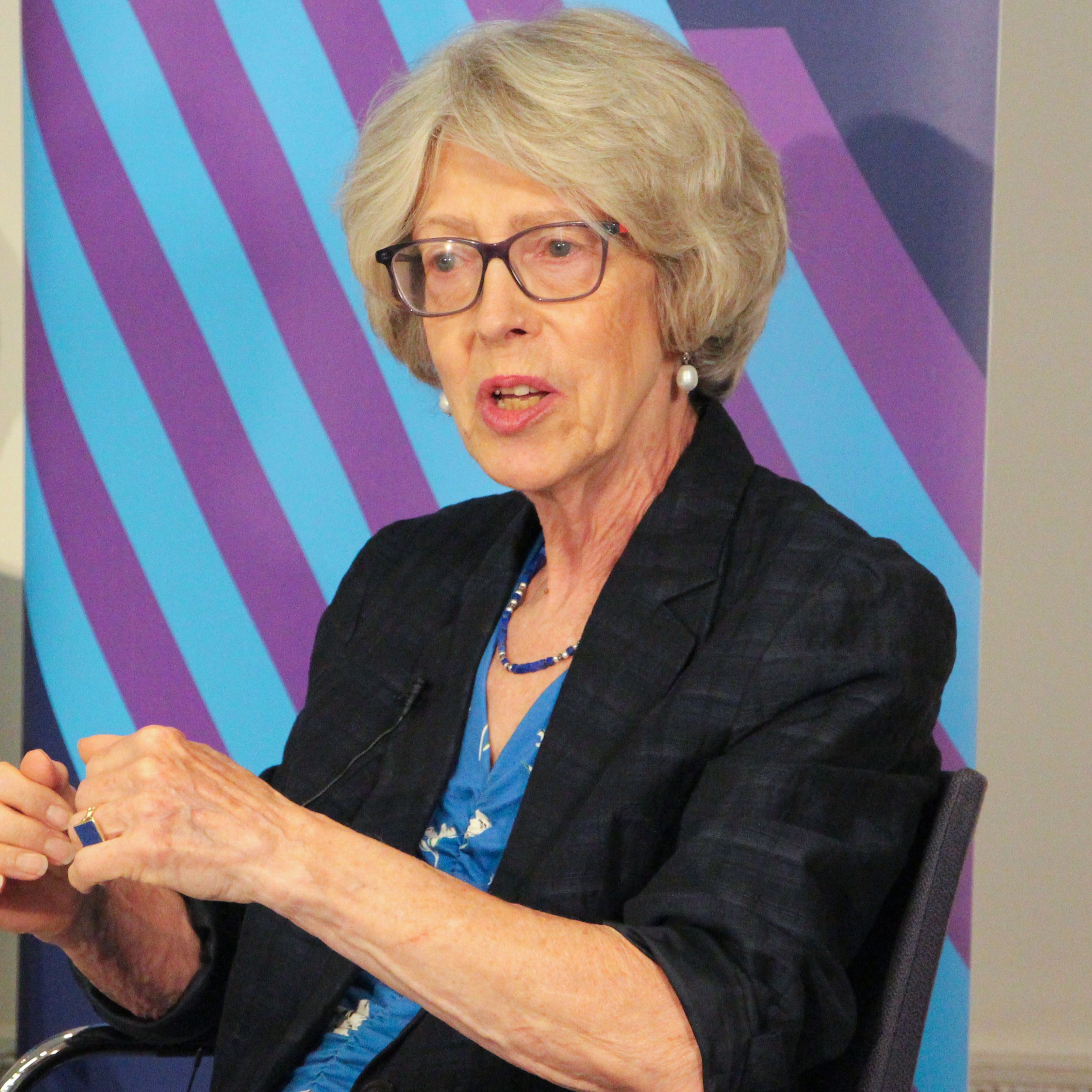What can we learn from the IfG’s Ministers Database?
Update: 2024-09-05
Description
Keir Starmer has appointed more than 100 ministers to his government since Labour won the general election on 4 July. Some were ministers in the last Labour government; for many this was their first time in ministerial office. So, who makes up this latest generation of government ministers? And who held office before them?
The Institute for Government’s brand new Ministers Database holds information about all government ministers since 1979 – who served as a minister, in what role, and for how long. On Thursday 5 September the IfG launched the database for public use, so that everyone can benefit from this unrivalled source of information and use it in their work.
So what can we learn from the IfG’s Ministers Database? Which ministerial roles have seen the most churn? How has turnover among ministers changed over time, and what does it mean for government? And how can academics, journalists and others use the IfG Ministers Database in their work?
To explore these questions and more, we were joined on this webinar by an expert panel, including:
Dr Catherine Haddon, Programme Director at the Institute for Government
Philip Nye, Senior Data Scientist at the Institute for Government
Dr Jessica Smith, Lecturer in Politics with Quantitative Methods at the University of Edinburgh
The event was chaired by Tim Durrant, Programme Director at the Institute for Government.
Release date:
5 September 2024
The Institute for Government’s brand new Ministers Database holds information about all government ministers since 1979 – who served as a minister, in what role, and for how long. On Thursday 5 September the IfG launched the database for public use, so that everyone can benefit from this unrivalled source of information and use it in their work.
So what can we learn from the IfG’s Ministers Database? Which ministerial roles have seen the most churn? How has turnover among ministers changed over time, and what does it mean for government? And how can academics, journalists and others use the IfG Ministers Database in their work?
To explore these questions and more, we were joined on this webinar by an expert panel, including:
Dr Catherine Haddon, Programme Director at the Institute for Government
Philip Nye, Senior Data Scientist at the Institute for Government
Dr Jessica Smith, Lecturer in Politics with Quantitative Methods at the University of Edinburgh
The event was chaired by Tim Durrant, Programme Director at the Institute for Government.
Release date:
5 September 2024
Comments
Top Podcasts
The Best New Comedy Podcast Right Now – June 2024The Best News Podcast Right Now – June 2024The Best New Business Podcast Right Now – June 2024The Best New Sports Podcast Right Now – June 2024The Best New True Crime Podcast Right Now – June 2024The Best New Joe Rogan Experience Podcast Right Now – June 20The Best New Dan Bongino Show Podcast Right Now – June 20The Best New Mark Levin Podcast – June 2024
In Channel
























